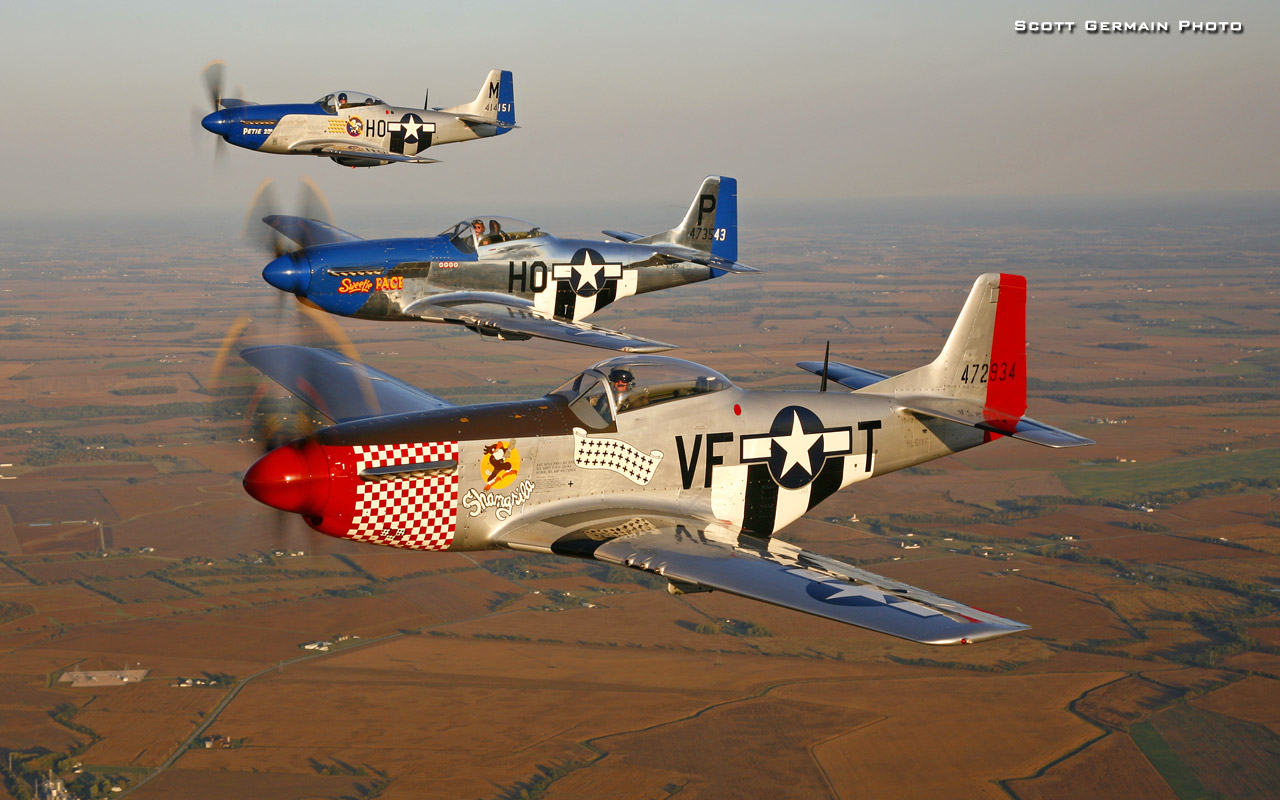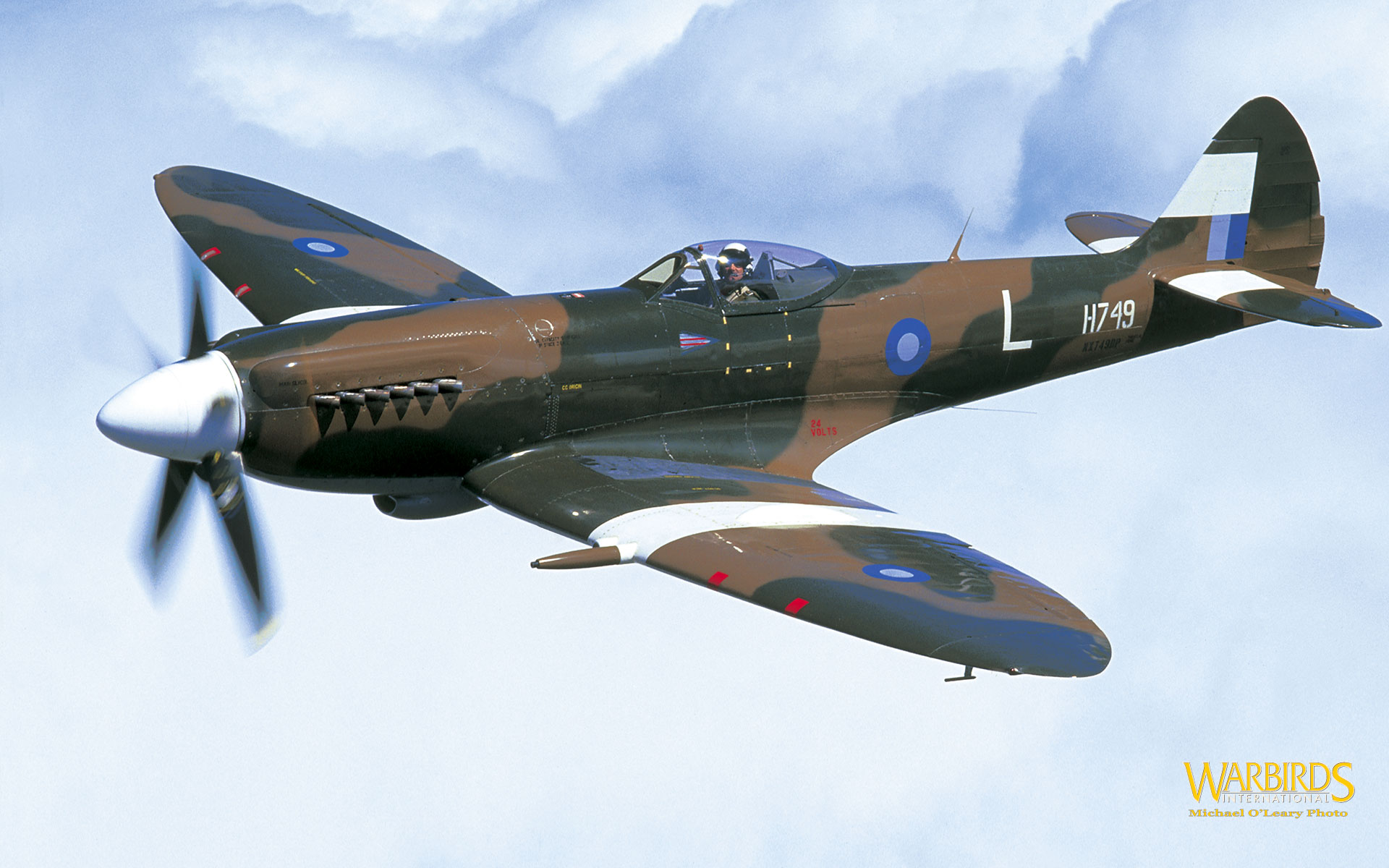A turbocharger, or turbo (colloquialism), is often a centrifugal compressor driven by a turbine which happens to be driven by an engine’s exhaust gases. Its benefit lies with the compressor rising the pressure of air entering the engine (forced induction) as a consequence leading to higher efficiency (for possibly, or both, energy & effectiveness). They are popularly used with internal combustion engines (e.g. four-stroke engines like Otto cycles and Diesel cycles). Turbochargers have also been found useful compounding external combustion engines such as automotive fuel cells.What is becoming a popular product in the automotive industry, its conception in 1905 gave birth to a working turbocharged aircraft by 1921. General Electric called these early turbochargers, turbo-superchargers which is still a regularly used term. Again, the basic concept is an exhaust driven turbine powering a centrifugal compressor.
The turbocharger was invented by Swiss engineer Alfred Büchi. His patent for a turbocharger was applied for use in 1905. Diesel ships and locomotives with turbochargers began appearing in the 1920s. During the very first World War French engineer Auguste Rateau fitted turbochargers to Renault engines powering various French fighters with some success. In 1918, General Electric engineer Sanford Moss attached a turbo to a V12 Liberty aircraft motor. The engine was tested at Pikes Peak in Colorado at 14,000 feet (4,300 m) to demonstrate that it could eliminate the power losses in most cases experienced in internal combustion engines so of reduced air pressure and density at high altitude.
Many sports cars are used in turbo repair kits, their good performance for high-power movement.
When people talk about race cars or high performance sports cars, the topic of turbochargers generally comes up.
Turbochargers also appear on large diesel engines. A turbo can significantly boost an engine’s horsepower without significantly ever-increasing its weight, which happens to be the huge advantage that makes turbos so popular! The benefit of compressing the air is that it lets the engine squeeze more air into a cylinder, and more air means that more fuel could be added. Hence, you get more power from each and every explosion in each and every cylinder. A turbocharged motor produces more energy overall than the same motor without the charging. This can significantly improve the power-to-weight ratio to the engine. In order to achieve this give a boost to, the turbocharger uses the exhaust flow from the engine to spin a turbine, which in turn spins an air pump. The turbine in the turbocharger spins at speeds of up to 150,000 rotations per minute (rpm) — that’s about 30 times faster than most vehicle engines can go. And since it really is hooked up to the exhaust, the temperatures in the turbine are also very high.
More suitable for sports and racing turbo models are: K series turbocharger, turbo repair kits, IHI turbocharger.
I am engaged in manufacturing turbocharger for 10 years. I have submitted many articles about diesel turbocharger, if you are interested can click on my website: engine turbocharger.
Related Aircraft Turbines Articles






